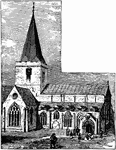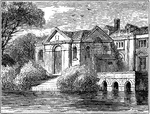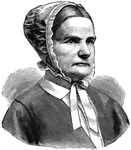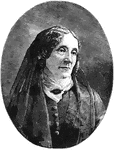Clipart tagged: ‘Reform’

The Old Church, Perth, N.B.
During the Middle Ages, Perth's only parish church was the Burgh Kirk of St. John the Baptist. With…

Gunpowder Conspirators' House, Lambeth
The Gunpowder Plot of 1605, or the Powder Treason, as it was known at the time, was a failed assassination…
Hampton Court, 17th Century
Hampton Court Palace is a former royal palace in the London Borough of Richmond upon Thames, south west…

John Knox
John Knox (c. 1510 – 24 November 1572) was a Scottish clergyman and leader of the Protestant Reformation…

Puritan Costumes
A Puritan of 16th and 17th century England was an associate of any number of religious groups advocating…

